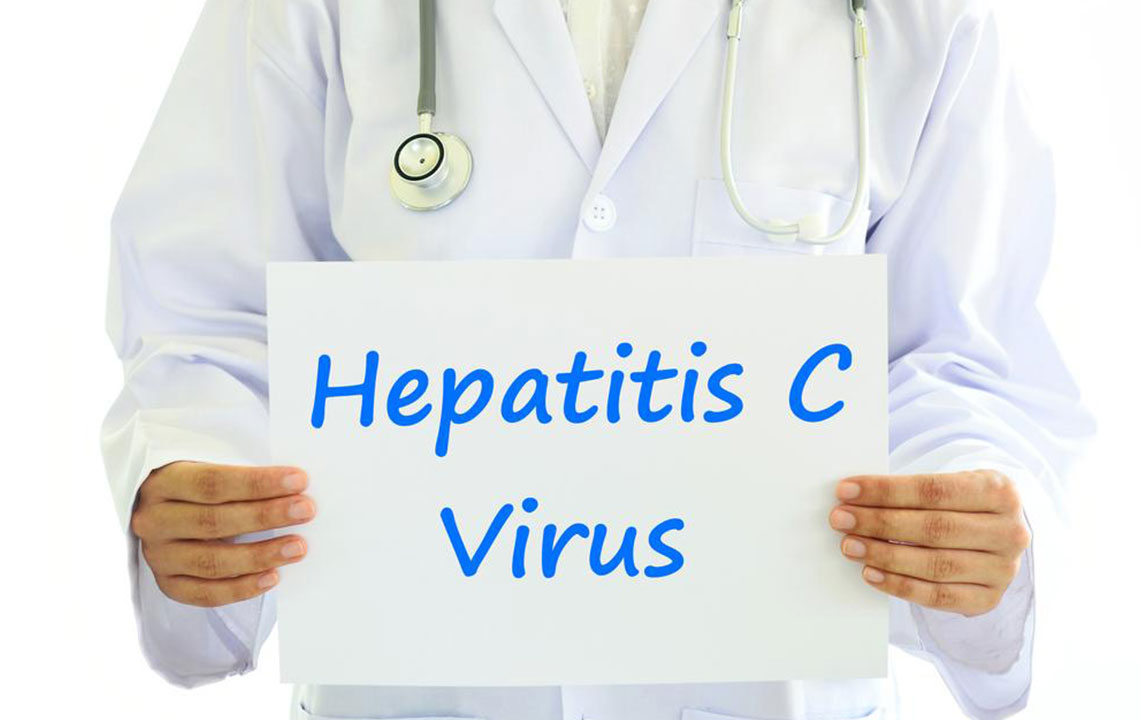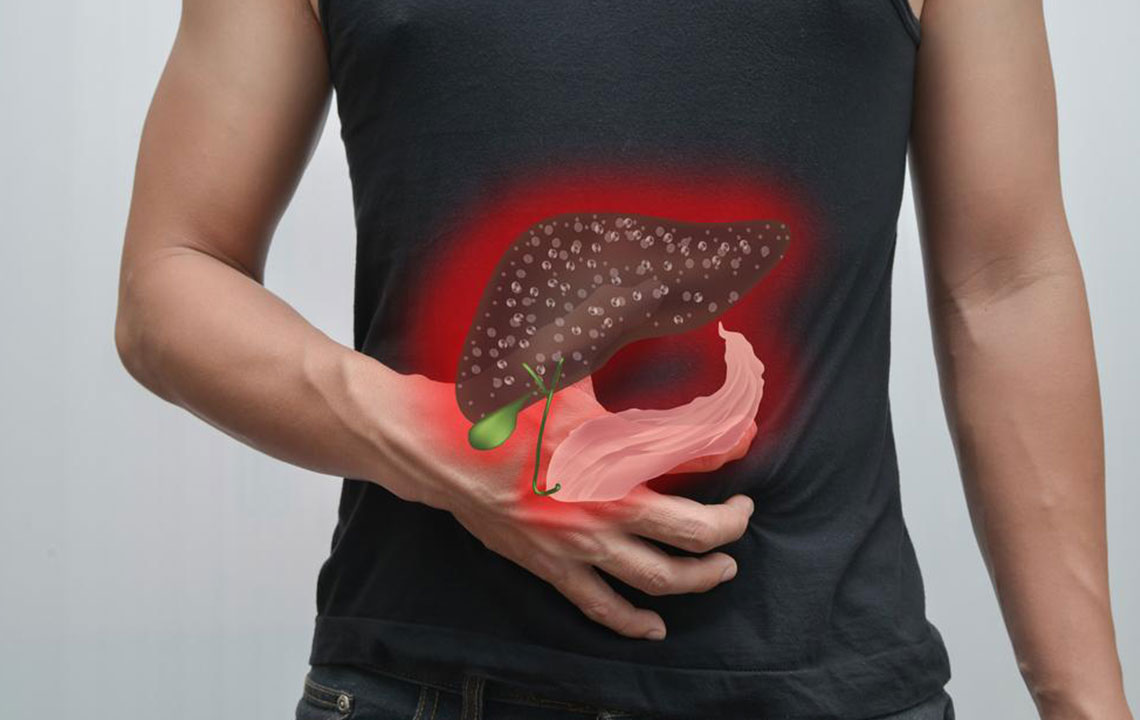Understanding the Major Factors That Elevate the Risk of Fatty Liver Disease
Fatty liver disease affects a significant portion of the population, often progressing silently. Major risk factors include poor diet, obesity, high blood lipids, and diabetes. Early understanding and management of these factors through lifestyle changes and medical intervention are crucial. This comprehensive guide highlights the importance of recognizing and addressing these contributors to prevent serious liver complications and improve overall health.

Understanding the Major Factors That Elevate the Risk of Fatty Liver Disease
Fatty liver disease, medically known as hepatic steatosis, is a condition characterized by excessive fat accumulation in liver cells. While often associated with alcohol consumption, it can also occur in individuals who do not drink alcohol at all. This disease is increasingly prevalent worldwide, affecting approximately 30% of the adult population in the United States alone. Its rise is linked to lifestyle and genetic factors, and if left unaddressed, it can progress to more severe liver conditions such as nonalcoholic steatohepatitis (NASH), cirrhosis, or even liver cancer. Understanding the key factors contributing to fatty liver disease is crucial for early detection, prevention, and management.
Fatty liver disease manifests silently in many cases, with minimal or no symptoms initially. However, certain risk factors can significantly increase an individual's susceptibility to developing this condition. Recognizing these risk factors allows for timely lifestyle modifications and medical interventions to prevent disease progression. This detailed guide explores the primary contributors to fatty liver disease, including dietary habits, obesity, lipid profiles, and metabolic disorders.
Major Risk Factors for Fatty Liver Disease
Unhealthy Dietary Patterns: A diet rich in high-calorie, processed foods, sugary beverages, trans fats, and refined carbohydrates plays a fundamental role in the development of fatty liver. Overeating or frequent cravings for sweets lead to excess caloric intake, which the liver converts into fat. Moreover, poor dietary habits promote insulin resistance, further exacerbating fat buildup in hepatic tissues. Consuming large quantities of fast food, fried items, and snacks with high saturated fat content are common dietary culprits. These dietary patterns not only contribute to weight gain but also increase circulating triglycerides, elevating the risk of hepatic steatosis.
Excess Visceral and Central Obesity: Central obesity, characterized by excess visceral fat around the abdomen, is strongly linked to fatty liver disease. Visceral fat is metabolically active and releases fatty acids and inflammatory cytokines into the portal vein, delivering them directly into the liver. This process overwhelms hepatic fat processing capacity, leading to fat accumulation. Obesity, especially when BMI exceeds 30, significantly elevates the risk. Visceral fat also impairs insulin sensitivity, fostering a cycle of metabolic disturbance that accelerates liver fat deposition.
Adverse Lipid Profiles: Elevated levels of low-density lipoprotein (LDL) cholesterol, very-high-density lipoprotein (VLDL), and triglycerides are indicators of dyslipidemia that increase fatty liver risk. High blood lipids typically result from diets high in saturated fats, trans fats, and refined sugars. These substances promote hepatic fat synthesis and reduce the liver’s ability to export fats in the form of lipoproteins. Medical evaluation often reveals abnormal lipid levels in patients with fatty liver, emphasizing the importance of lipid management through diet, exercise, and medication when necessary.
Metabolic Disorders, Particularly Type-2 Diabetes: There is a well-established link between insulin resistance and fatty liver disease. Individuals with type-2 diabetes often develop hepatic steatosis because insulin resistance causes increased hepatic glucose production and promotes lipogenesis—the synthesis of fatty acids. Medications used to manage diabetes can also influence liver fat content. Moreover, many individuals with fatty liver disease are diagnosed with prediabetes or early diabetes during screening, underscoring the intertwined nature of these metabolic conditions. Persistent high blood sugar levels and insulin resistance exacerbate fat deposition in the liver, creating a vicious cycle.
Additional Contributing Factors: Other factors include genetics, sedentary lifestyle, certain medications (like corticosteroids), rapid weight loss, and metabolic syndrome components such as hypertension and hypertriglyceridemia. These elements can compound the risk, making proactive management even more essential.
Prevention and Management Strategies
Addressing the risk factors for fatty liver disease involves a comprehensive approach that encompasses lifestyle modifications, medical treatment, and regular screening. Adopting a balanced diet rich in fruits, vegetables, whole grains, lean proteins, and healthy fats can significantly reduce fat accumulation in the liver. Engaging in regular physical activity not only helps in weight loss but also improves insulin sensitivity and lipid profiles.
Weight management remains a cornerstone of prevention and treatment. Even modest weight loss of 5-10% can lead to substantial improvements in liver health. Medical professionals may prescribe medications to control cholesterol, blood sugar, and other metabolic parameters. For individuals with genetic predispositions, early screening and monitoring are critical to detect and address fatty liver disease before it advances to more serious conditions.
Understanding the primary risk factors associated with fatty liver disease empowers individuals to make informed lifestyle choices. It also highlights the importance of routine health check-ups, especially for those with obesity, diabetes, or dyslipidemia. Given the silent nature of early disease, proactive steps are vital to prevent irreversible liver damage and ensure optimal health outcomes.
In conclusion, fatty liver disease is a complex condition influenced by multifactorial risks. Lifestyle changes focusing on diet, exercise, weight control, and managing metabolic health are effective strategies to prevent and treat this condition. Continued awareness and early intervention can significantly reduce the burden of fatty liver disease worldwide, improving quality of life across populations.





